Shiraz
A Cultural and Historical Gem in Iran
located in the southwest of Iran, is a city known for its rich history, stunning architecture, and vibrant culture. This city is considered the heart of Persian culture and the birthplace of Persian poetry, making it a popular destination for tourists who want to experience the beauty of Iran’s cultural heritage.
Historical Attractions
Shiraz is home to numerous historical landmarks that showcase its deep cultural roots. The most famous of these is Persepolis, an ancient capital of the Achaemenid Empire that was built over 2500 years ago. Visitors can marvel at the grandeur of the ruins, which include the impressive Gate of All Nations, the Throne Hall, and the Apadana Palace.
Another must-see destination is the Nasir al-Mulk Mosque, also known as the Pink Mosque, due to the stunning pink tiles that decorate its interior. This mosque is renowned for its breathtaking stained glass windows that create a colorful play of light and shadow on the mosque’s walls and floor.
Other notable historical sites include the Tomb of Hafez, the famous Persian poet, and the tomb of Saadi, another renowned poet, both of which are beautifully decorated and attract visitors from around the world.
Cultural Experiences
Shiraz offers visitors a unique opportunity to experience Iran’s vibrant culture. One of the best ways to do this is by visiting one of the city’s many bazaars, such as the Vakil Bazaar or the Saraye Moshir Bazaar. Here, visitors can shop for traditional Iranian handicrafts, carpets, spices, and sweets while immersing themselves in the bustling atmosphere of the market.
Another way to experience the local culture is by attending a performance of traditional Persian music or dance at one of the city’s cultural centers or theaters, such as the Hafez Hall or the Shiraz City Theater.
Natural Beauty
Shiraz is also home to several natural wonders that are sure to impress visitors. The most famous of these is the beautiful garden of Eram, a UNESCO World Heritage site that features stunning fountains, lush greenery, and colorful flowers. Other natural attractions include the nearby Dasht-e Arjan desert and the breathtaking Lake Maharloo.
Food and Drink
Iran is known for its delicious cuisine, and Shiraz is no exception. Visitors can enjoy traditional Iranian dishes such as kebab, fesenjan, and ghormeh sabzi at local restaurants and cafes. Additionally, Shiraz is famous for its sweet treats, including saffron ice cream and Shirazi faloudeh, a refreshing dessert made with vermicelli noodles, rosewater, and lime juice.
Conclusion
Shiraz is a city that offers visitors an unforgettable blend of history, culture, and natural beauty. Whether you’re interested in exploring ancient ruins, immersing yourself in local culture, or enjoying delicious Iranian cuisine, Shiraz is a destination that should not be missed.

